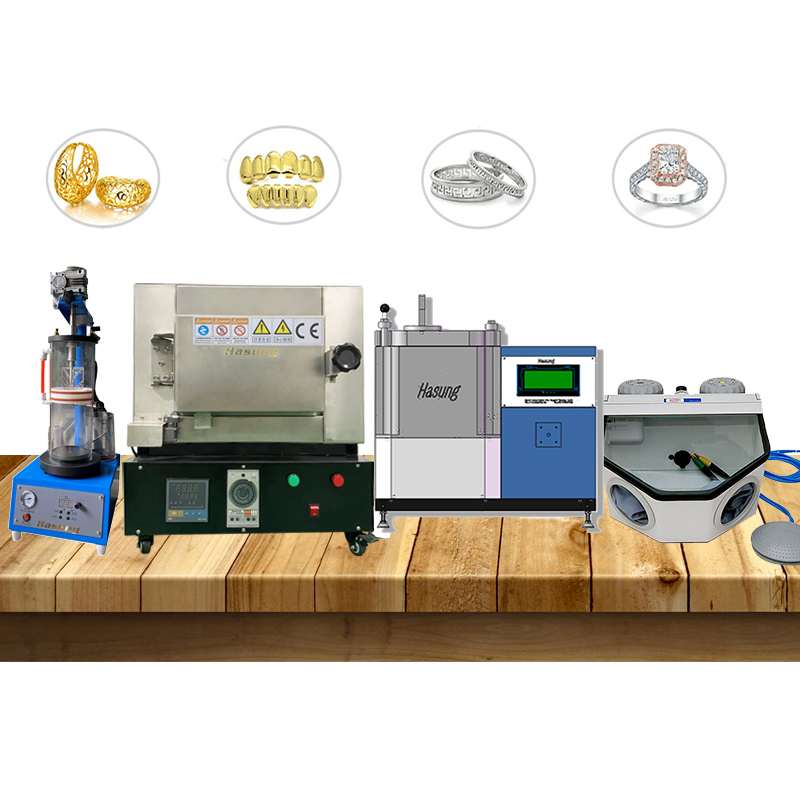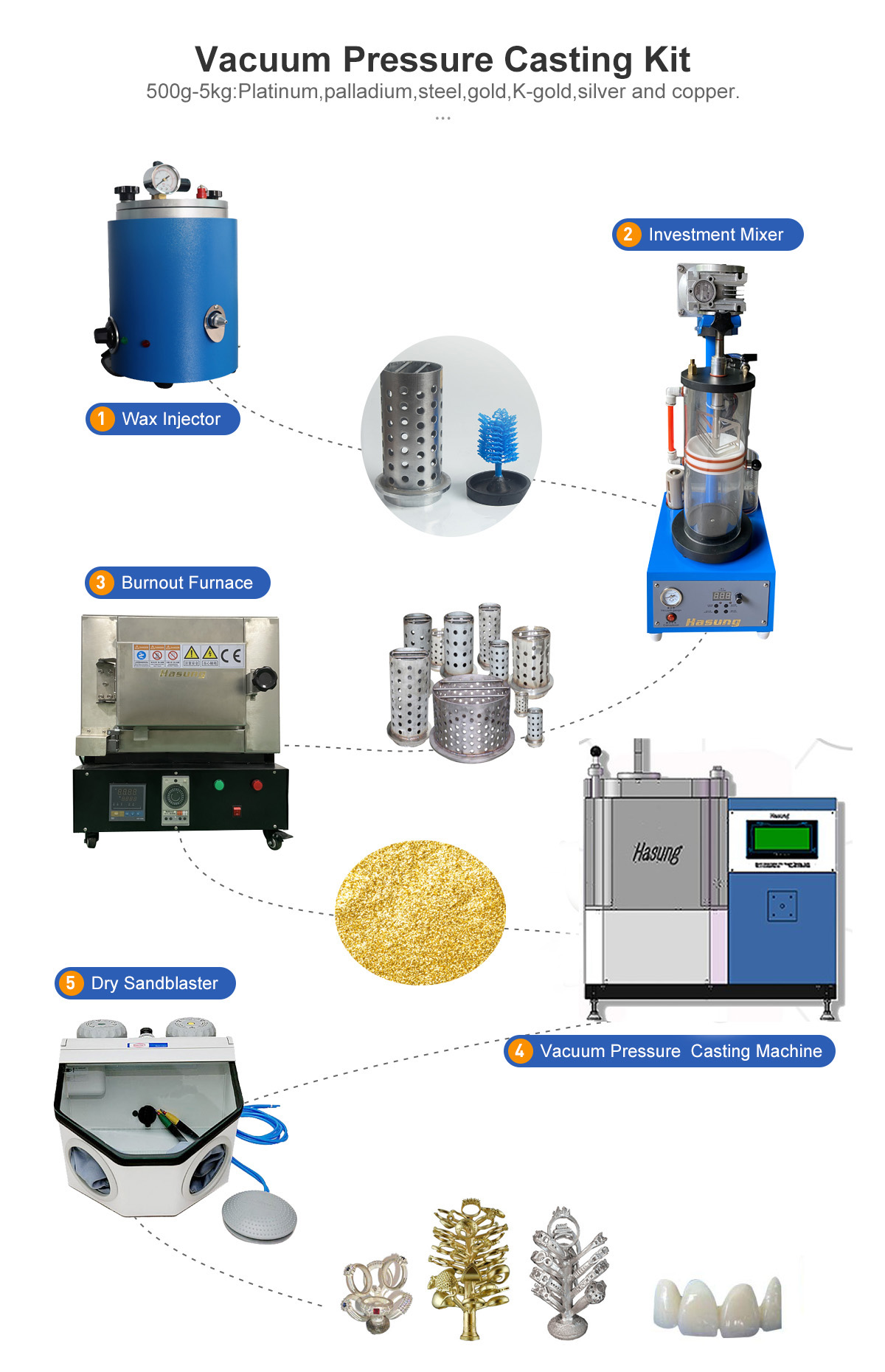Casting platinum is done using a multi-step process that involves specialized equipment and a vast knowledge of how precious metals, like platinum, melt. The platinum casting process involves the following steps: Wax model & casting preparation.
Platinum Jewelry Casting
Jewelry stores and some jewelry designers want to be able to quickly turn their designs into physical objects that can be sold. Platinum casting companies, like Casting House, can help these businesses and designers create individual pieces or large production runs by offering access to premier casting services.
Understanding the Platinum Casting Process
Casting platinum is done using a multi-step process that involves specialized equipment and a vast knowledge of how precious metals, like platinum, melt.
The platinum casting process involves the following steps:
The platinum jewelry casting process is similar to gold & silver jewelry casting. The only main difference is the melting temperature for platinum is much higher required which is approx. 1800 degree celsius, this needs to be done by Hasung Tilting Vacuum Pressure Casting Machine.
Wax model & casting preparation. A piece of platinum jewelry begins with the creation of a wax model of what the finished piece will look like. This model is attached to a wax stem by a sprue that will form the channel through which the molten platinum fills into the mold. Sometimes multiple wax models will be attached to the same stem for multiple castings.
Investment. Once the wax model is set on a stem, it is placed in a flask and an investment material is poured around it. After the investment material sets, it becomes the mold that the liquid platinum will be poured into. The use of proper investment materials in platinum casting is extremely important because of the high heat at which platinum melts Burnout. Before platinum can be poured into the mold, however, the original wax model needs to be burned out in a special kiln. When all of the wax is melted and burned away, it leaves a cavity in the investment material that serves as the mold.
Melting. There are several common alloys typically used in platinum casting. The most common are Platinum 900 Iridium, which melts at 3,250 degrees Fahrenheit; Platinum 950 Iridium, which melts at 3,236 degrees Fahrenheit; Platinum 950 Ruthenium, which melts at 3,245 degrees Fahrenheit; and Platinum 950 Cobalt, which melts at 3,182 degrees Fahrenheit. Once the alloy is melted, it can be either poured into the mold or forced in using one of several techniques.
Casting. Although liquid metal can be simply poured into a mold, different techniques provide higher-quality castings by controlling the flow of metal into the mold. Centrifugal casting uses a centrifuge to spin the flask and use centrifugal force to spread the metal evenly throughout the mold. Vacuum-assisted casting draws metal up into the mold with the use of suction. Pressure casting places the flask inside a pressurized chamber. Casting House utilizes all three of these methods as well as torch casting, which utilizes a torch to melt a very small amount of metal that is poured into a mold.
Divesting This involves removing the casting from the investment, either by physical or chemical means. The investment can be hammered, blasted with a water jet or vibrated, or manufacturers can use a solution to dissolve it. The sprue on each piece is cut off and recycled for future castings, and the finished piece is cleaned up to remove any imperfections.
The need for the combination of specialized knowledge and access to specific equipment means most jewelry stores and designers rely on platinum casting companies to perform this service. The experts who work at these platinum casting companies have the experience needed to create top-of-the-line pieces of jewelry. They also have access to cutting-edge molding and photopolymer technologies.

Can you vacuum cast platinum?
Platinum is a challenging metal to melt due to its high melting temperature, but with Hasung MC series Tilting Vacuum Pressure Casting Machine, this can be done quickly, easily, and efficiently. The system can also be used for the melting of most precious and non-precious metals and alloys. If you cast rings with very fine details, we recommend casting under vacuum. This will help the metal penetrate the small channels and avoid compressing the gas in the chamber into air bubbles.

Post time: Jul-03-2022











